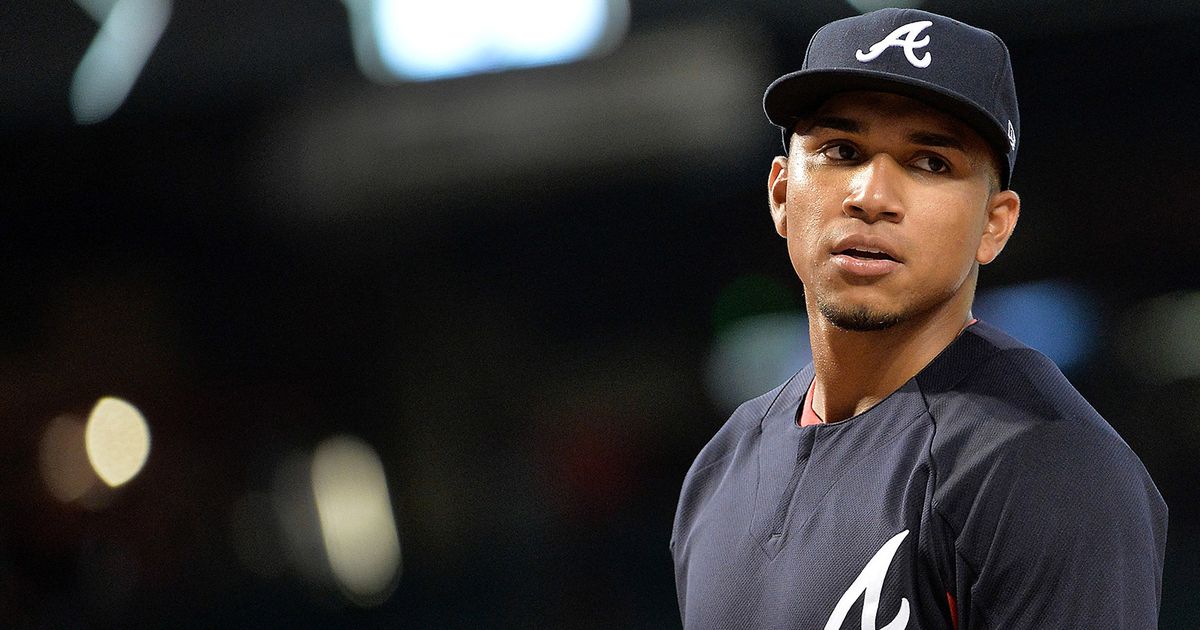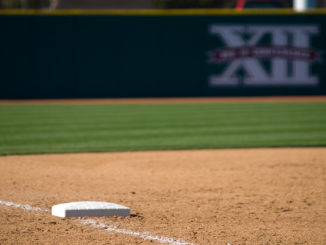
The Atlanta Braves signed Johan Camargo as an international amateur free agent from Panama in 2010. He came up through the organization primarily as a glove-first infielder who could cover second base, shortstop and third base aided by his cannon-like arm. However, from the time he began playing full-season ball in 2014 through his time in Mississippi in 2016, he never even reached the level of a league-average hitter. The Braves saw enough, though, to place him on the 40-man roster after the 2016 season.
After bulking up by about 30 pounds, Camargo nearly made the 2017 Braves’ opening day roster as a utility infielder. However, he had several glaring defensive lapses that caused him to be optioned to Gwinnett. It didn’t take long for him to get the call, as he was brought up on April 11 to replace Matt Kemp after a hamstring injury. Camargo was optioned back to Gwinnett a few days later once Kemp returned from the disabled list. He got another brief MLB stint in May when he filled in for Adonis Garcia after an Achilles injury. Camargo was primarily used as a pinch-hitter during these early games, totaling only eleven plate appearances during his two call-ups. He was finally brought up for good on June 2nd and immediately earned playing time, mainly at third base.
Camargo was playing regularly around the infield until he took over shortstop for the struggling Dansby Swanson in late July. This situation was to be short-lived, however, due to a bone bruise suffered while running onto the field on August 8th. By the time he returned on September 6th, Swanson had returned to shortstop so Camargo was back to playing around the infield, albeit with regular playing time.
Camargo finished 2017 with a .299/.331/.452 slash line, a 102 wRC+ and 1.2 fWAR in 256 plate appearances. He had a 19.9% K rate but only had a 4.7% BB rate, tied for the 28th lowest rate in MLB for players with at least 250 plate appearances. One red flag against sustaining this success in the future was Camargo’s BABIP of .364, which was the 13th highest in MLB among players with at least 250 plate appearances.
Camargo was slowed coming out of spring training this season with an oblique injury and was not activated until April 18th. Since his recall, he has filled in at shortstop for the injured Dansby Swanson. In 54 plate appearances, he is only hitting .205 with a 22.2% K rate and a .233 BABIP but still has a 111 wRC+ and 0.3 fWAR.
How is he managing a 111 wRC+?
Camargo’s slugging percentage is slightly lower than last season at .432 but the big difference has been in walks.
2017: 12 walks in 256 plate appearances (4.7%)
2018: 9 walks in 54 plate appearances (16.7%)
Because of the walks, Camargo has a .352 OBP, higher than in 2017 despite a much lower batting average. Although this walk rate is unlikely to be sustainable as only four players had a higher walk rate in 2017 (Joey Votto, Aaron Judge, Mike Trout, Matt Carpenter), there is certainly improvement there. To match his 2017 rate, he would have to walk just three times in his next 202 plate appearances. Nobody in MLB walks at that low of a rate.
Along with continuing to have positive defensive and baserunning metrics, it seems that Johan Camargo has found that better plate discipline and more walks are the perfect way to counter the expected reduction in BABIP. If the Jose Bautista experiment fails, the third base solution may be found just a few feet to Bautista’s left.




Leave a Reply